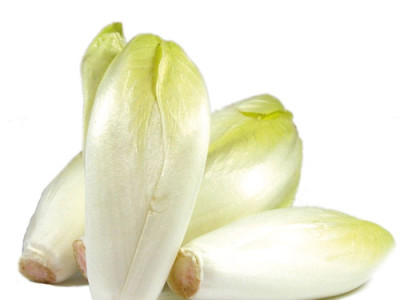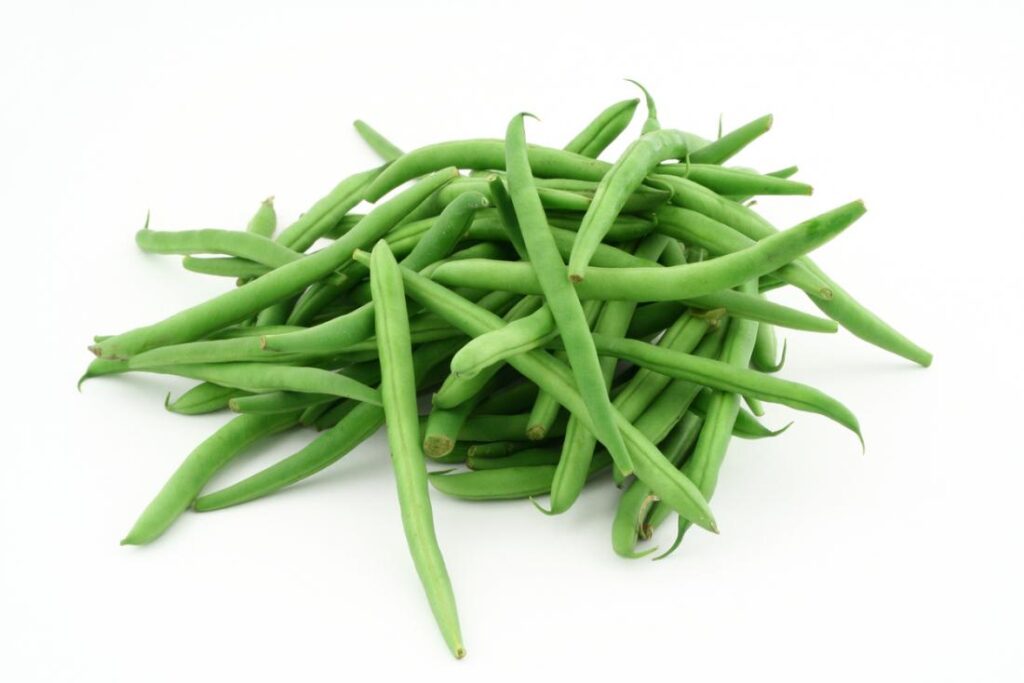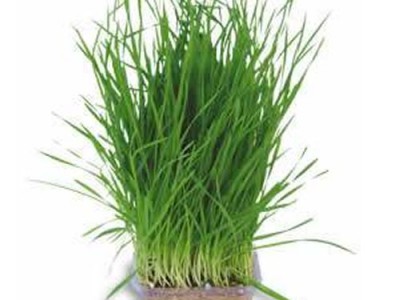
Beans Home Remedies-Beans Health Benefits
BEANS
BEANS USED FOR BONES
- Calcium: Beans are a good source of calcium, a mineral essential for bone health. Adequate calcium intake is important for maintaining bone density and preventing conditions like osteoporosis. Including calcium-rich beans in your diet can help support healthy bones.
- Magnesium: Beans are also a good source of magnesium, which is necessary for the absorption and metabolism of calcium. Magnesium plays a role in converting vitamin D into its active form, which is essential for calcium absorption. Magnesium deficiency has been associated with decreased bone mineral density, so consuming magnesium-rich foods like beans can support bone health.
- Protein: Beans are a plant-based source of protein, which is important for maintaining bone strength and density. Protein provides the building blocks necessary for bone formation and repair. Incorporating beans into a balanced diet can help ensure an adequate protein intake to support bone health.
- Phytonutrients: Beans contain various phytonutrients, such as flavonoids and antioxidants, which have been associated with potential bone-protective effects. These compounds may help reduce oxidative stress and inflammation, both of which can negatively affect bone health.
- Fiber: Beans are high in dietary fiber, which can contribute to overall health, including digestive health. While fiber itself does not directly affect bone health, it is an important component of a well-rounded diet that supports overall wellness.

BEANS USED FOR HOME
- Soups and stews: Beans are a popular addition to hearty soups and stews. They add texture, flavor, and nutritional value to dishes like chili, minestrone, black bean soup, and lentil stew.
- Salads: Beans can be used in cold salads, providing a protein-rich and filling component. They can be added to green salads, grain-based salads, or combined with other vegetables, herbs, and dressings for a nutritious and satisfying meal.
- Side dishes: Beans can be prepared as a standalone side dish or as a component of a larger meal. They can be seasoned and cooked with herbs, spices, and aromatics to create flavorful dishes that complement main courses.
- Dips and spreads: Beans can be mashed or blended to create delicious dips and spreads. Examples include hummus (made from chickpeas), refried beans, and white bean dip. These can be served as appetizers or snacks, accompanied by bread, crackers, or fresh vegetables.
- Veggie burgers and patties: Beans can be mashed and combined with other ingredients to make vegetarian or vegan burgers and patties. Black bean burgers, lentil patties, and chickpea fritters are popular examples. These provide a plant-based alternative to meat-based burgers.
- Baked goods: Some types of beans, like black beans or adzuki beans, can be used in baking to add moisture, texture, and nutritional value to recipes. They can be incorporated into brownies, cakes, muffins, or even used as a base for gluten-free or vegan baked goods.
- Mexican and Latin American cuisine: Beans are a staple ingredient in Mexican and Latin American cuisine. They are used in dishes like burritos, tacos, enchiladas, and are often served as a side dish with rice. Refried beans, made from cooked and mashed beans, are commonly used in Mexican cuisine.
- Freezing and meal prep: Beans can be cooked in large batches and frozen for future use. This allows for convenient meal preparation, as cooked beans can be easily thawed and added to various recipes.
(Visited 44 times, 1 visits today)


